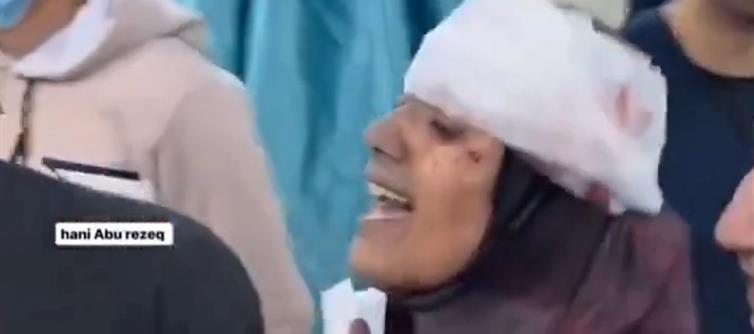
A recently circulated video showing a woman with a bandage placed over her hijab, surrounded by a camera crew, has gone viral and is being cited as an example of such staging. However, without full context—such as whether the scene was dramatized for a documentary, reenacted for news purposes, or manipulated—it is difficult to make conclusive claims. social media videos are often selectively clipped or taken out of context, fueling polarization rather than informing public understanding. In conflict zones where trauma is widespread, disinformation can be a powerful weapon, but so can cynical attempts to discredit all visual evidence of suffering based on isolated clips.
It’s crucial to approach such incidents with skepticism balanced by empathy. While fact-checking and media literacy are essential in a time of information warfare, dismissing all visual evidence from Gaza or the West bank as fake undermines the lived reality of thousands of civilians caught in a long-standing and brutal conflict. international human rights organizations, independent journalists, and humanitarian agencies have extensively documented civilian casualties, displacement, and destruction in Palestinian territories. Responsible discourse requires distinguishing between isolated cases of misrepresentation and the broader, well-substantiated humanitarian crisis—rather than using the former to deny the latter.




 click and follow Indiaherald WhatsApp channel
click and follow Indiaherald WhatsApp channel